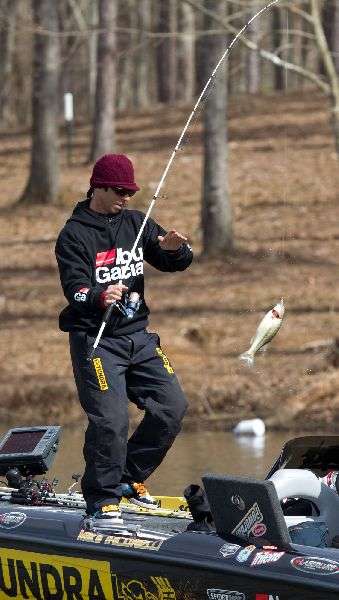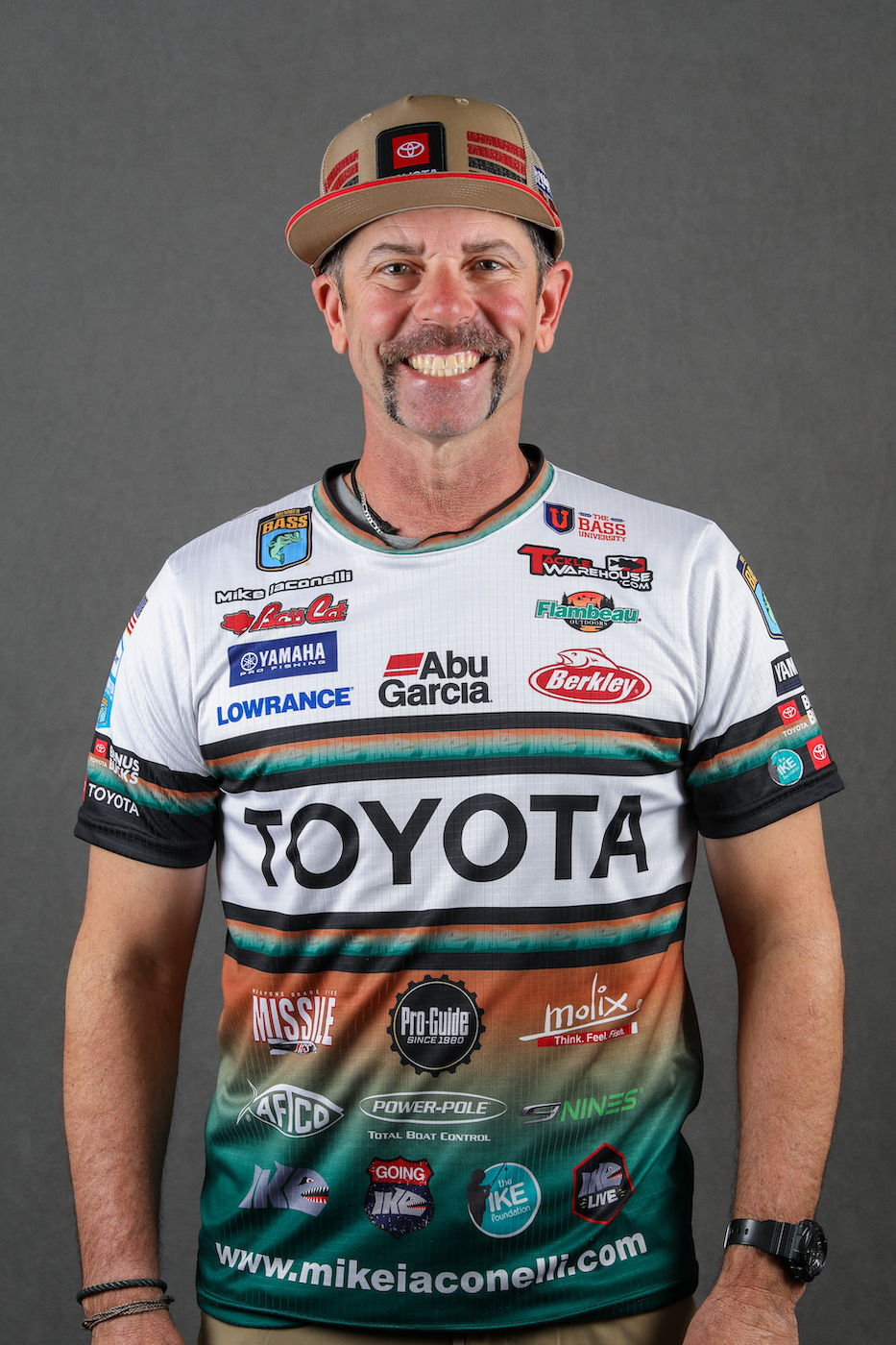
Once the late fall bite starts to slow, it's time to start thinking about the winter bite. You should be looking for the steepest breaks in the lake. The best ones will be somehow related to the ingress and egress paths that you followed in the early fall and then in the late fall.
You can find those spots with a combination of maps and electronics. I usually start with my maps. (Running helter-skelter around the lake in the cold is not my idea of a good time.) Once I have a few spots marked, I review the earlier places I've fished. If I can find a path that leads to, or has a relationship with, a great drop, I go to work checking everything out and making notes on my maps.
Before I get ahead of myself, however, I want to mention very late fall and really early winter. Let me remind you, all the fish in the lake don't move at the same time. They move in groups or sometimes individually.
That means that when the water temperature is in the gray area, somewhere around 50 degrees, the bass will be scattered along their late fall path. It's a great time to do a little cleanup fishing after you've had the best of them earlier in the fall.
My favorite lure choices for this are soft plastics, shaky head combinations, tubes and grubs. Everyone knows about the first three, but for some reason you don't hear much about grubs anymore. I sometimes wonder if I'm the only guy out there still fishing with them.
If so, that's unfortunate because they're serious fish catching lures. Late in the year, I rig them on small weighted heads and work them anywhere between the bottom and up near the top. You can swim them, hop them, drag them or yo-yo them, depending upon the mood of the fish.
No matter which lure you throw, keep in mind that you're after scattered bass. You should fish every spot — concentrate on the hard bottom areas — from every possible angle. You'll be surprised at the size of some of the bass you catch doing this.
Enough of that. Let's get back to wintertime drops. I suggest you spend some serious time finding the best places. The bass are going to stay on them for weeks, maybe months, so you can afford to invest the time it takes to do it right. Besides, who wants to fish the wrong spot at any time of the year, much less in the dead of winter?
Every lake is different, so you'll have to make your own decisions. Just remember to think about the travel paths the bass used earlier in the year and never forget you're looking for the steepest breaks in the lake.





